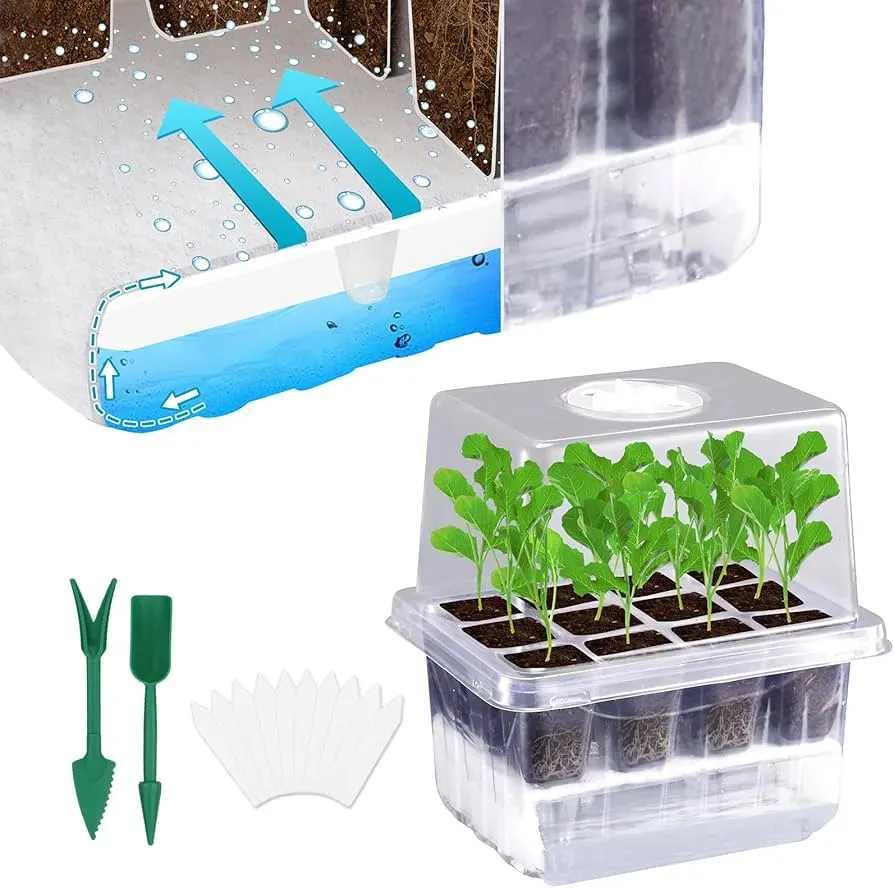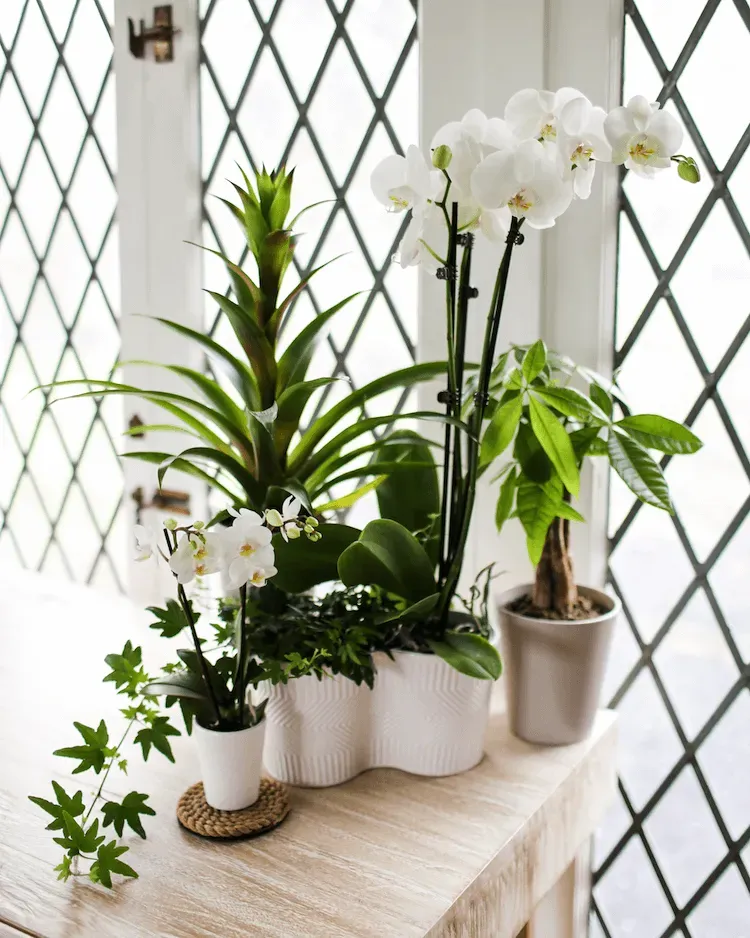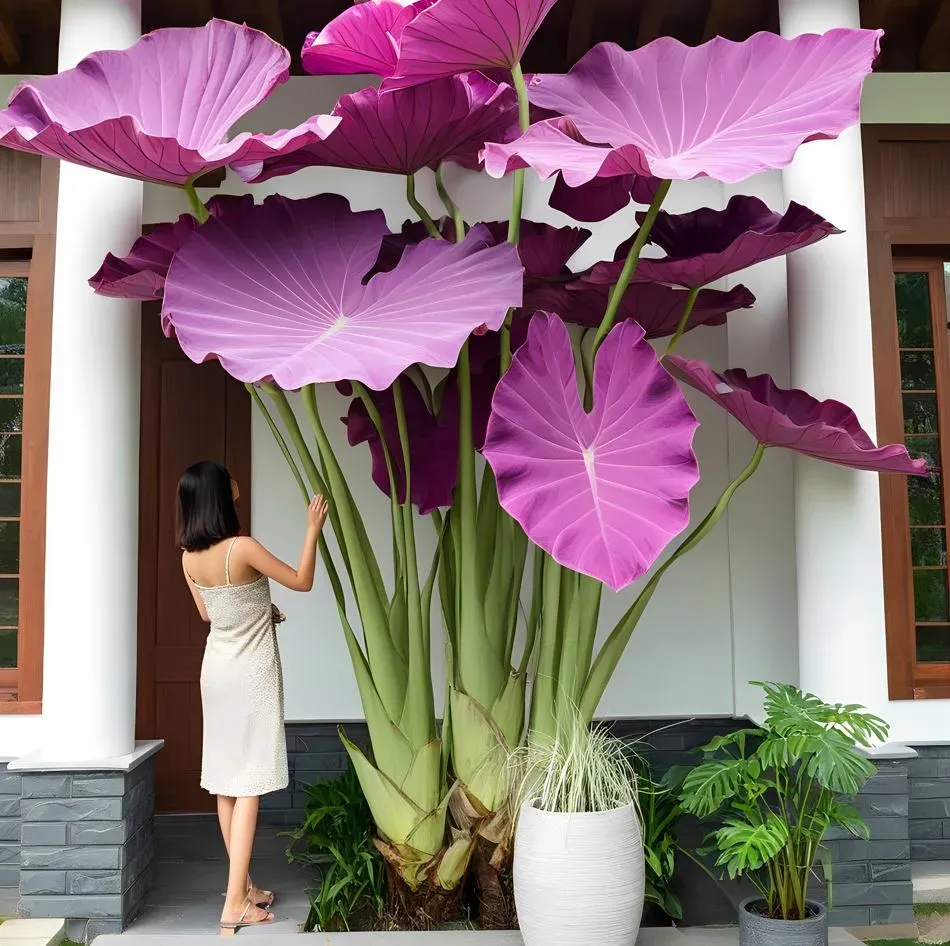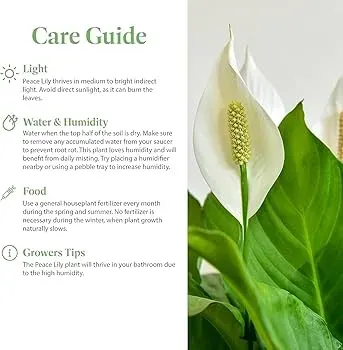Table of Contents
When it comes to creating a comfortable and healthy indoor environment, maintaining optimal humidity levels is crucial. Dry air can lead to respiratory issues, damage to furniture and flooring, and even affect the overall aesthetic of your space. On the other hand, excessive moisture can foster mold growth and compromise the structural integrity of your home. At lilyflower.homes, we understand the importance of finding that delicate balance. That's why we're excited to share with you the benefits of using Humidity trays in your indoor space. From improving air quality to enhancing the ambiance of your home, humidity trays are a simple yet effective solution. In this article, we'll take a closer look at how humidity trays work, how to choose the right one for your needs, and provide tips on how to use them effectively.

10 Essential Tips For Using Humidity Trays To Boost Plant Health
Benefits of Using Humidity Trays in Indoor Spaces

Benefits Of Using Humidity Trays In Indoor Spaces
Boosting Plant Health
Hey there, fellow plant enthusiast! I've been experimenting with humidity trays for a while now, and let me tell you, they're a game-changer, especially if you, like me, struggle to keep houseplants happy. Think of them as tiny, personal spas for your greenery. A humidity tray creates a mini-ecosystem around your potted plants. The water in the tray evaporates slowly, increasing the humidity around the plant's leaves. This is super important because many houseplants come from tropical or subtropical regions where the air is naturally humid. Without that extra moisture, their leaves can dry out, turning brown and crispy – not a good look! Using a humidity tray helps mimic their natural environment, keeping them lush and green. I used to struggle with my peace lilies, their leaves always drooping. Since I started using humidity trays, they're thriving! Check out my post on humidity preferences for more tips.
Plant Type | Humidity Level | Humidity Tray Benefit |
|---|---|---|
Peace Lily | High | Prevents leaf browning |
Fern | High | Maintains leaf moisture |
Orchid | Medium-High | Improves blooming |
Improving Air Quality
Beyond just helping plants, humidity trays can actually improve the air quality in your entire home! Dry air can be a real problem, especially during winter when the heating is blasting. It can lead to dry skin, irritated throats, and even static cling (the worst!). By increasing the humidity, humidity trays help combat this dryness. They add moisture to the air, making it feel fresher and more comfortable. This is especially great for people with respiratory issues like allergies or asthma. Plus, it can help reduce that annoying static electricity that makes your hair stand on end. You can learn more about creating a thriving indoor environment by reading my post on indoor lily care – it has some surprisingly relevant tips!
- Reduces dryness
- Improves breathing comfort
- Less static cling!
How Humidity Trays Can Help You Maintain Optimal Humidity Levels in Your Home on lilyflower.homes

How Humidity Trays Can Help You Maintain Optimal Humidity Levels In Your Home On Lilyflowerhomes
Understanding Humidity and Its Importance
Hey there! Let's investigate into the world of humidity and why it matters so much in your home. Dry air can be a real pain, especially in the winter when the heating kicks in. It can make your skin feel parched, irritate your throat, and even cause static cling (the worst, right?). On the flip side, too much humidity can lead to mold growth and make your home feel stuffy. The key is finding that sweet spot.
That's where come in. They're like little water reservoirs that sit under your plants or in strategic spots around your home. As the water evaporates, it adds just the right amount of moisture to the air, keeping everything comfy. Check out our post for more on how different environments affect your plants!
Benefit | How It Helps |
|---|---|
Reduces dryness | Keeps skin and airways comfortable |
Controls mold | Prevents over-humidity and mold growth |
Practical Tips for Using Humidity Trays
Using humidity trays is straightforward, but there are a few tips to make them work even better. First, make sure the tray is big enough for the plants you're using it with. A small tray won't cut it if you have a large plant. Think of it like a swimming pool for your plants – they need enough space to splash around in!
Another tip is to use pebbles in your tray. The pebbles create a surface for the plant to sit on, keeping it from sitting in the water, which can cause root rot. It's like having a little pedestal for your plant to stand on. You can even get creative and use different colors of pebbles for a fun look. For more on keeping your plants healthy, check out our guide.
- Use pebbles for support
- Fill with water regularly
- Place in strategic spots
Choosing the Right Humidity Trays for Your Specific Needs
Factors to Consider
When it comes to selecting the perfect humidity tray for your space, there are several factors to consider. First and foremost, think about the size of the area you want to humidify. A small tray might be sufficient for a tiny bathroom or closet, but a larger room will require a bigger tray to effectively distribute the moisture. Check out our post on container growing for tips on measuring your space.
Another crucial aspect is the type of plants you have. Different plants have varying humidity requirements, so it's essential to choose a tray that meets those needs. For instance, if you have a fern, you'll want a tray that maintains a high humidity level, while a snake plant can thrive in a slightly drier environment.
Plant Type | Humidity Level | Tray Size |
|---|---|---|
Fern | High | Large |
Snake Plant | Moderate | Medium |
Peace Lily | High | Large |
Types of Humidity Trays
Humidity trays come in different shapes, sizes, and materials. You can opt for a simple, rectangular tray made of plastic or metal, or go for a more decorative option, like a wooden or ceramic tray. When choosing a material, consider the style of your space and the level of maintenance you're willing to commit to. For instance, a wooden tray might require more upkeep than a plastic one.
Some trays also come with additional features, like built-in water reservoirs or adjustable humidity levels. These extras can be useful, but they might also increase the price. Make sure you weigh the benefits against your budget. Check out our post on humidistat temperature for more on maintaining optimal humidity levels.
- Material
- Size
- Additional Features
Tips for Using Humidity Trays Effectively to Control Indoor Humidity

Tips For Using Humidity Trays Effectively To Control Indoor Humidity
Okay, so you've got your fancy new humidity tray – congrats! But just plopping it down and hoping for the best isn't gonna cut it. Think of it like this: you wouldn't just throw a bunch of ingredients into a bowl and expect a delicious cake, right? You need a recipe! Same goes for humidity trays. First, make sure you're using the right amount of water. Too little, and it won't do much. Too much, and you'll have a soggy mess (and possibly unhappy plants). I usually start with about an inch of water in the bottom of the tray. Then I check it daily – sometimes I need to top it up, other times it lasts longer. It really depends on how dry your house is. You can even add some pretty pebbles to the tray – this looks nice and keeps the plant pot from sitting directly in the water. This prevents root rot, which is like giving your plants a nasty cold. It's a total bummer!
Placement is key too! Don't just shove it in a dark corner. You want the water to evaporate easily, so find a spot near a window (but not in direct sunlight – that could scorch your plants!). Also, consider the size of your tray. If you have a huge monstera, a tiny tray isn't going to do much, is it? Choose a tray that's big enough for your plant and the amount of water you'll need. For more tips on making your plants happy, check out our guide on lily care.
- Start with about an inch of water.
- Use pebbles to keep pots elevated.
- Place the tray near a window (but not in direct sun).
- Choose a tray appropriately sized for your plants.
One thing I learned the hard way is that you need to clean your tray regularly. Otherwise, you'll get algae and yucky stuff growing in there. Nobody wants that, right? It's like cleaning your bathtub – you gotta do it to keep things fresh and healthy. I usually give my trays a good scrub once a week, or whenever it looks a little funky. For more info on keeping your plants pest-free, check out our article on pest control.
Finally, don't expect miracles overnight. Humidity trays are a gradual solution, not a quick fix. It might take a few days or even weeks to see a noticeable difference in the humidity levels. Be patient, and keep an eye on your plants. If they're still looking droopy, you might need to adjust the amount of water or the location of the tray. Remember, you can always ask for advice from our community on the gardening communities page!
Problem | Solution |
|---|---|
Dry air | Add more water to the tray |
Soggy plants | Reduce the amount of water or add more pebbles |
Algae growth | Clean the tray regularly |
Final Thought
In conclusion, humidity trays are a simple yet effective way to maintain optimal humidity levels in your home. By choosing the right humidity tray and using it effectively, you can improve the air quality, reduce dust, and create a more comfortable living space. Whether you're looking to alleviate dry skin, reduce allergy symptoms, or simply create a cozy atmosphere, humidity trays are an excellent solution. Start exploring the world of humidity trays today and uncover the benefits of optimal humidity levels in your home on lilyflower.homes!
Final Thought
When it comes to maintaining optimal humidity levels in your home, humidity trays can play a crucial role. With the ability to improve air quality, relieve allergy symptoms and reduce dust, humidity trays have proven themselves to be a versatile solution. Visit lilyflower.homes to learn more about humidity trays and find the perfect solution to your humidity control needs. Remember optimal humidity is key to health benefits in your interiors. Make sure your humidistat is working perfectly well to keep ideal environment that you need without throwing yourself at the mercy of heating or cooling devices. With ideal environment that you need without throwing yourself at the mercy of heating cooling devices which can shoots load on your bill also!